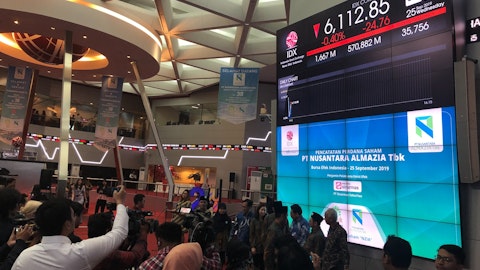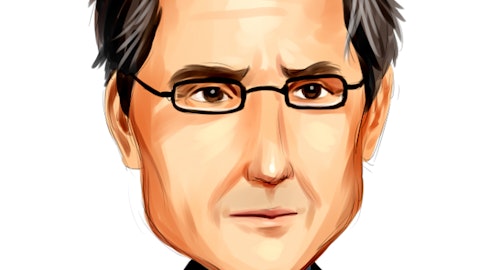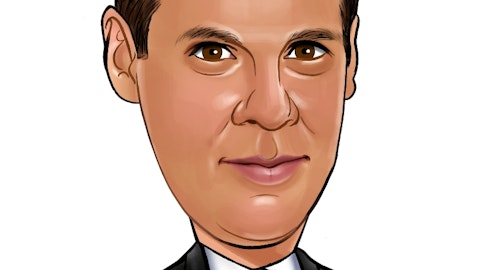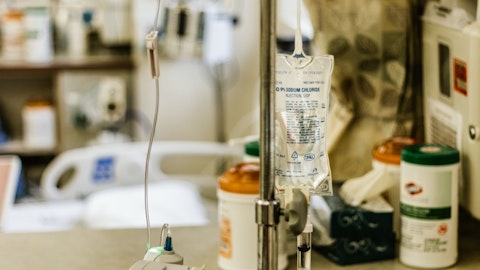If you recall, in the early discussions around the EUA with the FDA, and I apologize for all these three letter acronyms. The FDA’s concentration was on the proper manufacturing of the product. So, over the course of the past year, that has been our focus. And as we mentioned, we’ve got product up on stability. It’s important that we’ve got accelerated stability. Some people might not know what that means. What that really means is stability testing beyond the normal ranges of temperature and humidity. So the concept is if degradation is going to be happening over time, you can simulate denigration in extreme environments, and that will show you a longer period of time based off of that simulation of stability of the product. For us, humidity is a nonevent.
It’s obviously a sealed vial. We’ve got three months of good solid data at room and accelerated temperatures, that being 25 degrees centigrade 40 degrees integrate in the accelerated portion. And our GMP initial release test data looks very good with only one test still remaining, and that’s in sterility. So we feel very good about the progress we’ve made on CMC. We have partnerships related to supply relative to ex-U.S. suppliers for both the API and finished products. So, we’re well on our way as it relates to this. I think you had one more question. The question about inspection. The need for inspection for EUA. There’s no need for an inspection for an EUA. Obviously, for a full approval, which would come after our clinical study, which we expect to start in the second half of next year.
Did that answer all your questions, Brandon?
Operator: The next question comes from Ed Arce with H.C. Wainwright. Please go ahead.
Unidentified Analyst: This is Thomas asking a couple of questions for Ed. Thank you, so much for taking my questions. So, while we are a topic for Niyad, can you discuss what are your expectations under the EUA this year is approved commercial traction we expect and perhaps initial thoughts about pricing and annual borrowing used per patient some details on commercial launch?
Vincent Angotti: Yes. So for Niyad, again, under the EUA, we’re confident in our ability to submit I’m sure there’ll be dialogue with the FDA as it goes through the process hopefully, for that approval this year. Beyond that, we have to prep either way for a potential commercialization with the EUA. And as we mentioned in the most recent study, we believe our target market is clear. That’s the market where people are receiving no anticoagulant in CRRT, which is considered below standard of care, which obviously will be a real shame for the United States and our ability to provide health care. And the second is the citrate market, in particular, because of the complications and side effects associated with it. When you combine those two markets as an opportunity for Niyad’s penetration, it’s 60% of the CRRT market.
We’re working on our commercial planning now. As a matter of fact, Dr. Palmer and I are spending time at the CRRT meeting in San Diego tonight and tomorrow. We’ve got an advisory board with some of the key experts for CRRT in the United States as well as internationally known next week, a week from this Saturday. We’re beginning to start on pricing evaluations, but it’s something I won’t comment on this call just from a competitive standpoint. But again, we feel very good about the preparation we have for this moving forward in the size of the target market. I think the other important aspect of this is even though the market is large. When we talk about a $200 million peak sales opportunity and 60% of the existing practice that’s occurring in the United States based off the citrate coagulation segments.





